Product Description
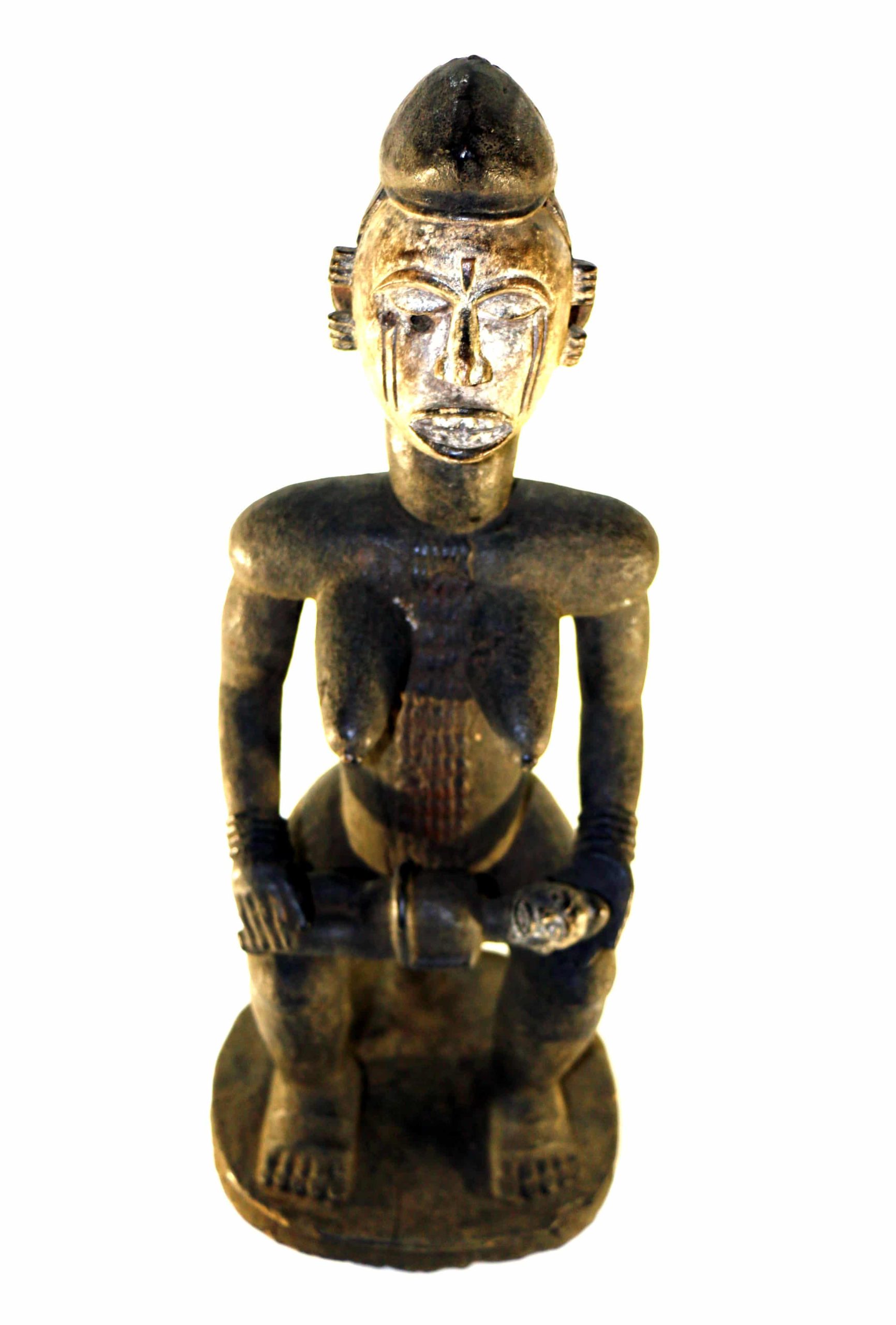
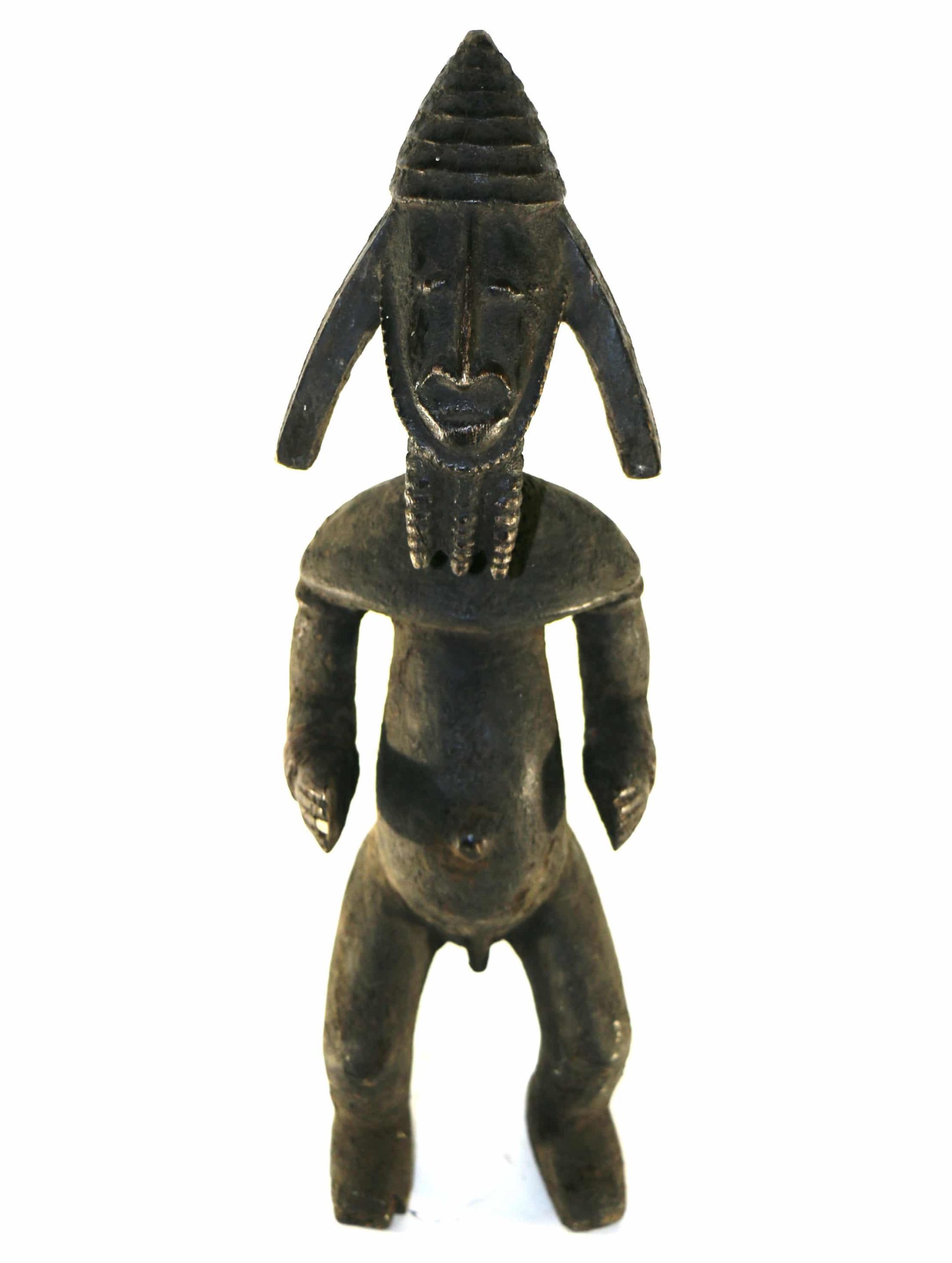
Sango Shrine Maternity – Nigeria
This rare and beautiful 19th–mid-20th century mother-and-child maternity figure carved for the Royal Court originates from northeastern Igboland, Nigeria. The Shango crest sits on atop the head, with ethnic adornments and scarification and exceptional detail in the facial expression. Shango is the god of thunder and lightning. Shango is both feared in the context of justice and magic and venerated as his manifestations bring beneficial rain for crops.
Made of 100% wood.
Model is W 75 – H 16 and weight 5.2 kg.
Description
[vc_row][vc_column][vc_column_text]
This rare and beautiful 19th–mid-20th century mother-and-child maternity figure is named Osé Shango, and carved for the Royal Court from the northeastern Igboland, Nigeria. It is made of dense wood, with a glossy honey brown patina. The shango crest sits on atop the head, with ethnic adornments and scarification and exceptional detail in the facial expression. Shango is the god of thunder and lightning. Shango is recognizable by the decoration in the shape of double ax he wears on his head. This scepter is very successful with the quality of the sculpture representing a kneeling or standing woman holding with a child on her back, and because of the beautiful geometric figure that covers its head with the symbol of Shango. Shango is both feared in the context of justice and magic and venerated as his manifestations bring beneficial rain for crops. It is also the symbol of strong sexuality. Shango is associated with the celestial fire that the rains cannot put out, copper, and fertility, and is in opposition to Ogun, the terrestrial fire, the fire of the forge. The Shango altar has an upturned mortar at its summit, and where there is a wooden plate containing Neolithic axes (attributes of the god of thunder), and which have a double edged blade. From this come the ‘Oshe shango’ statues, that carry a double headed axe on their heads and were mostly women, symbolizing fertility, and a worshiper of Shango.
The Yoruba form the largest population in Nigeria, living in the south west and stretching into Dahomey and Togo. They are patrilineal. Both religion and divine royalty have allowed order to be established (on a political level, and in regards to military security and health regulations), and maintained through a certain discipline. The Yorubas worked with a wide array of materials in their art including; bronze, leather, terracotta, ivory, textiles, copper, stone, carved wood, brass, ceramics and glass. A unique feature of Yoruba art, is their striking realism-which unlike most African art, choose to create human sculptures in vivid realistic and life sized forms.
[/vc_column_text][/vc_column][/vc_row]
Additional information
| Weight | 5.2 kg |
|---|---|
| Dimensions | 75 × 16 cm |
| Material | Bronze, Wood, Ceramic, Terracotta, Woven rattan, Leather |
Leave a reply Cancel reply
Returns and Exchanges
There are a few important things to keep in mind when returning a product you purchased.You can return unwanted items by post within 7 working days of receipt of your goods.
- You have 14 calendar days to return an item from the date you received it.
- Only items that have been purchased directly from Us.
- Please ensure that the item you are returning is repackaged with all elements.
Ship your item back to Us
Firstly Print and return this Returns Form to:
30 South Park Avenue, San Francisco, CA 94108, USA
Please remember to ensure that the item you are returning is repackaged with all elements.
For more information, view our full Returns and Exchanges information.

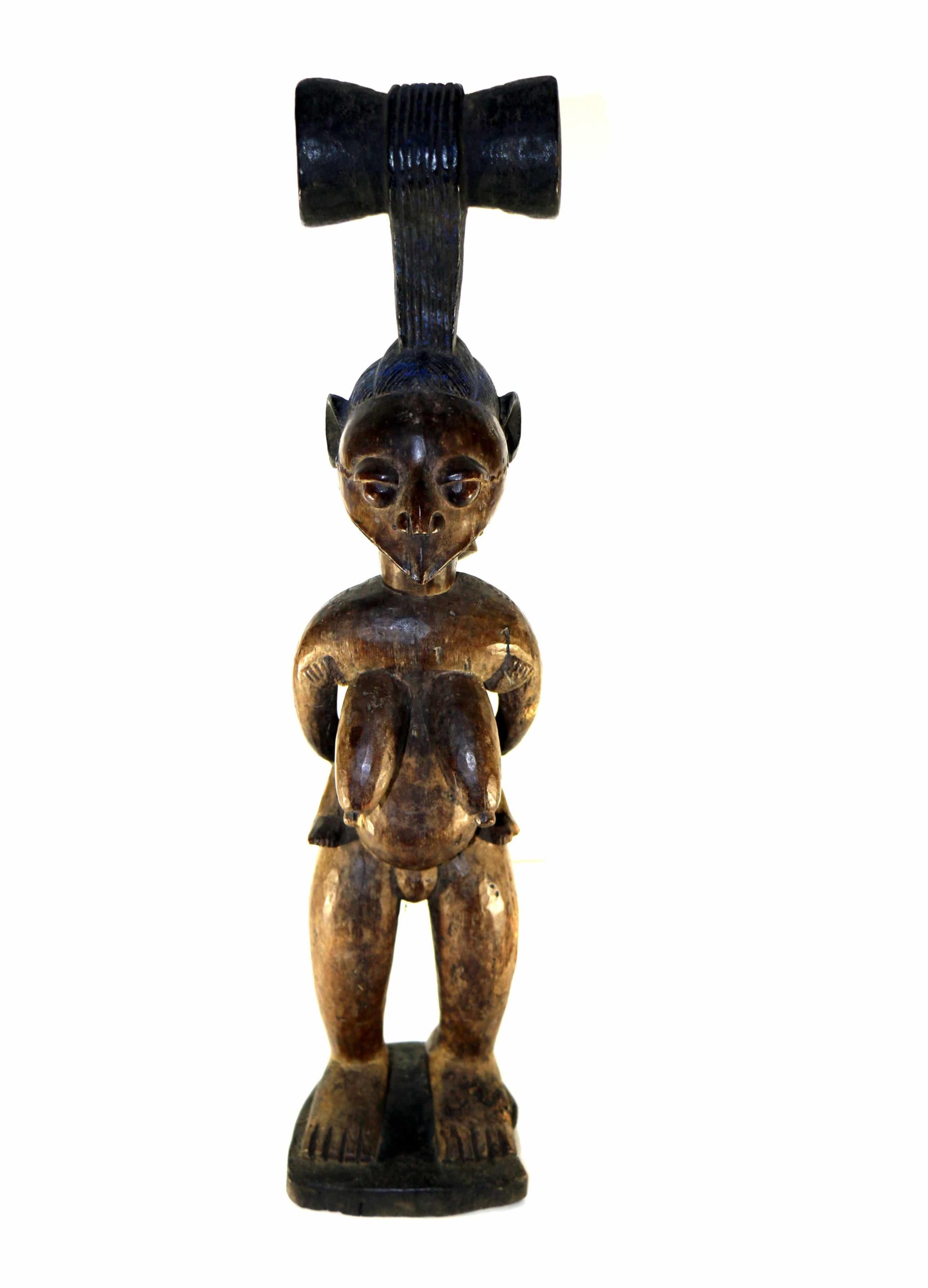
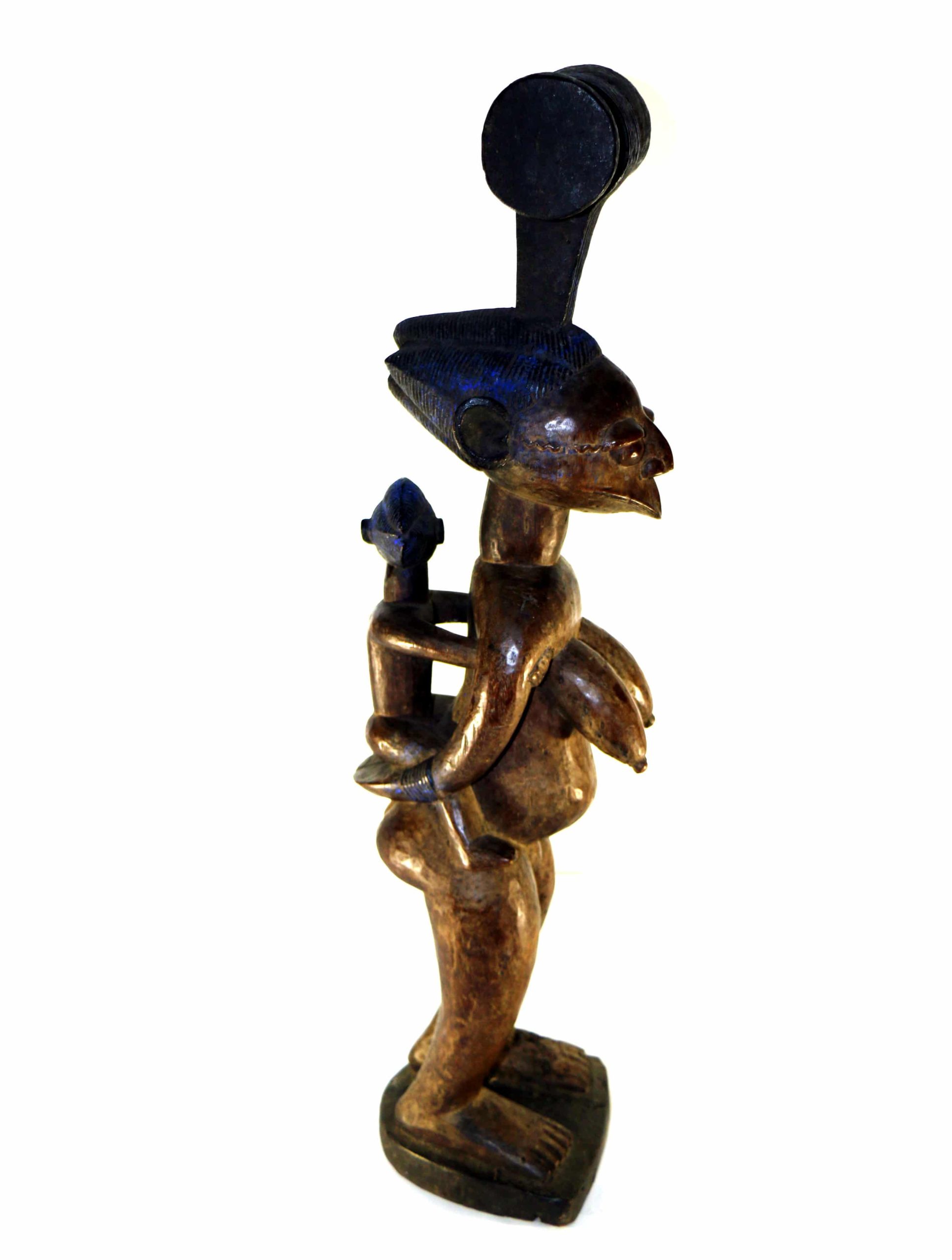

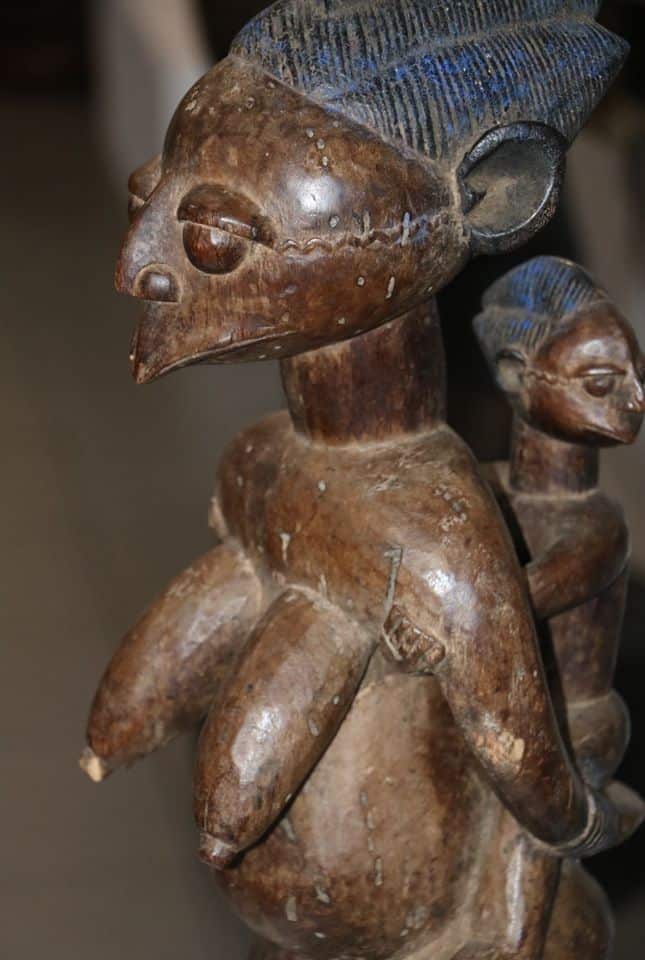
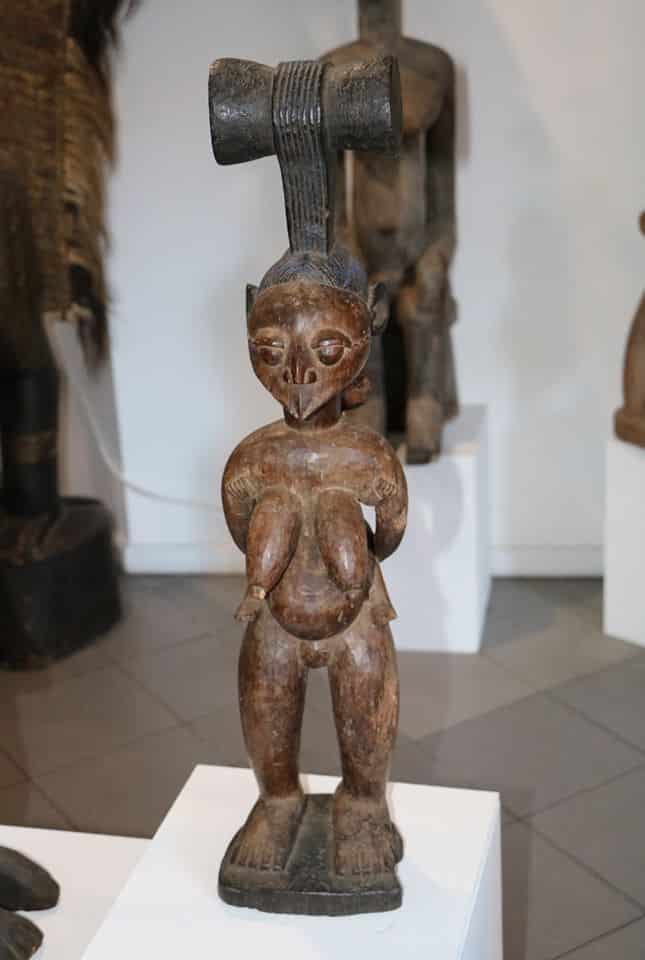
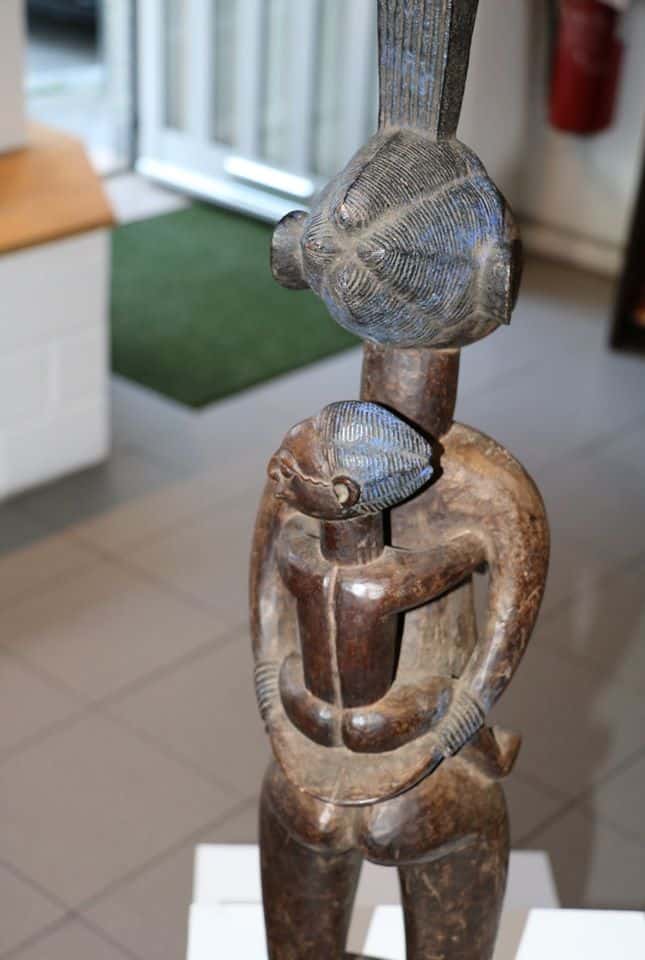
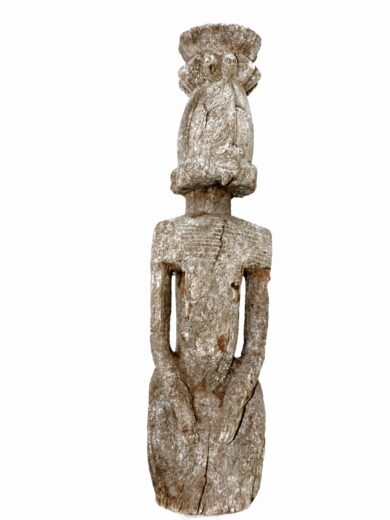



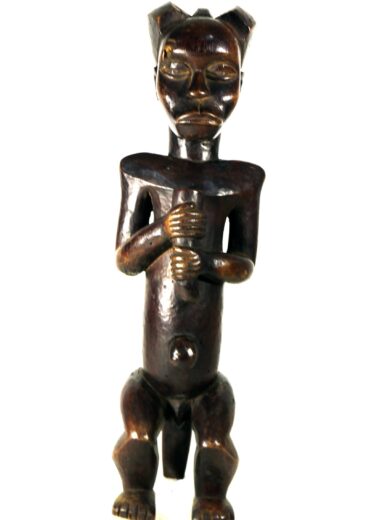

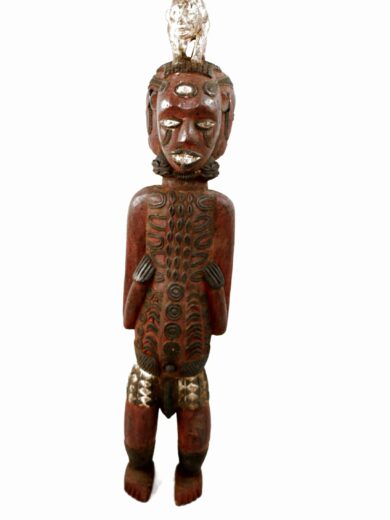


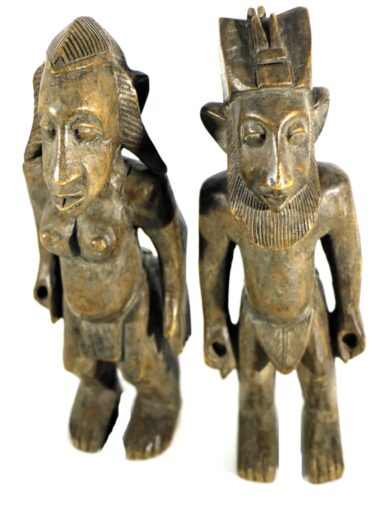

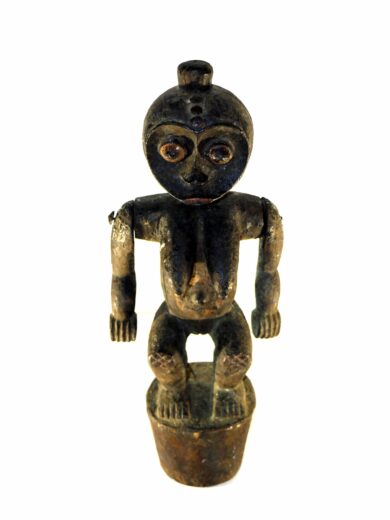
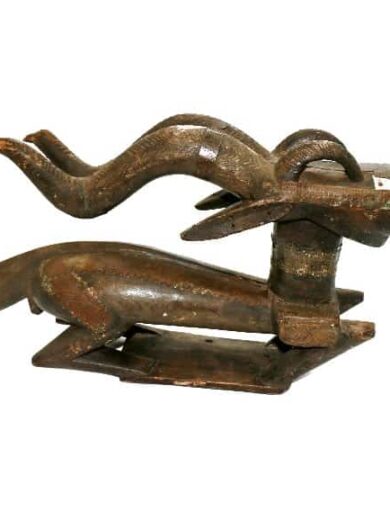
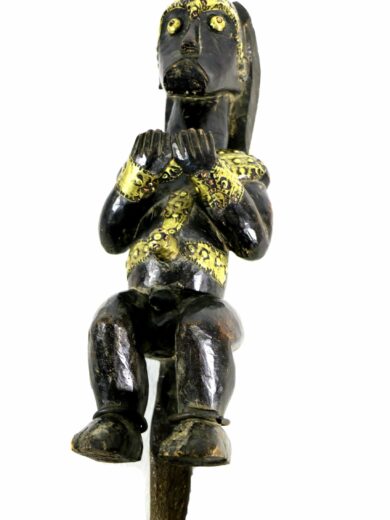
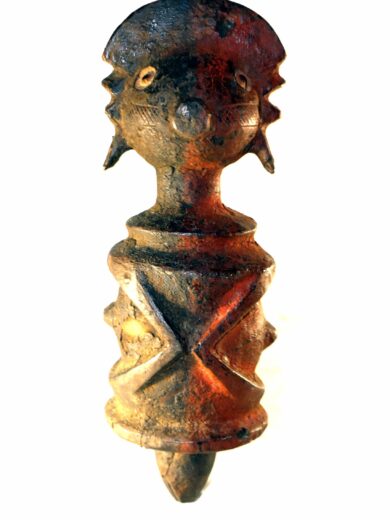

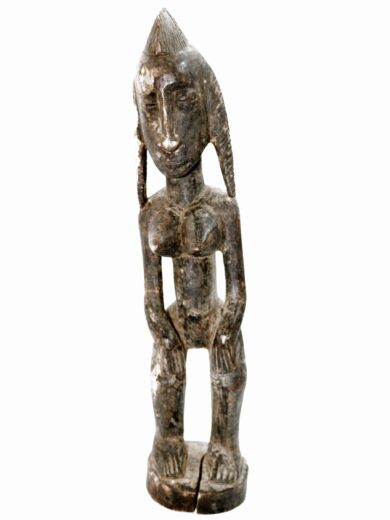
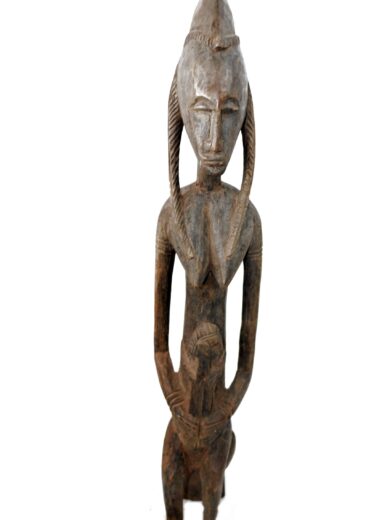
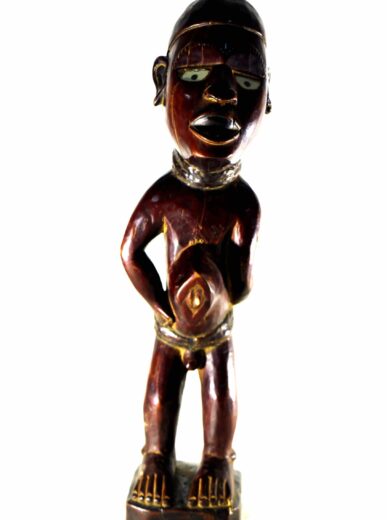
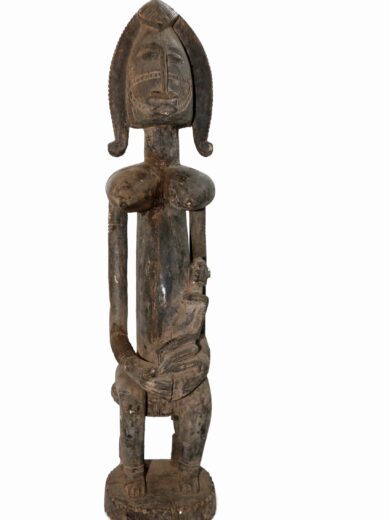
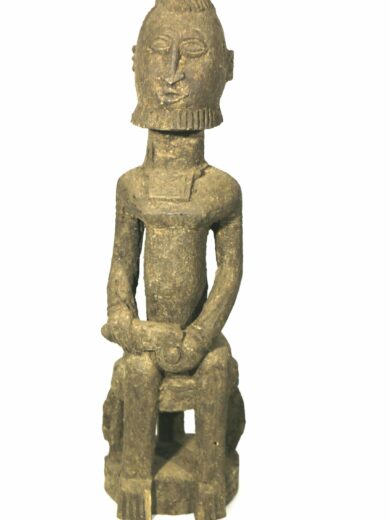


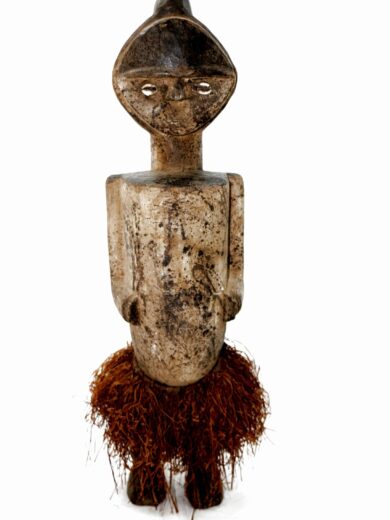

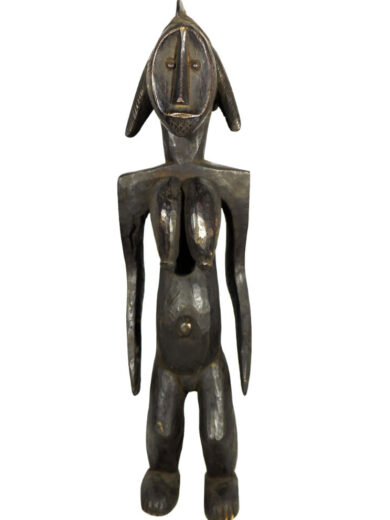
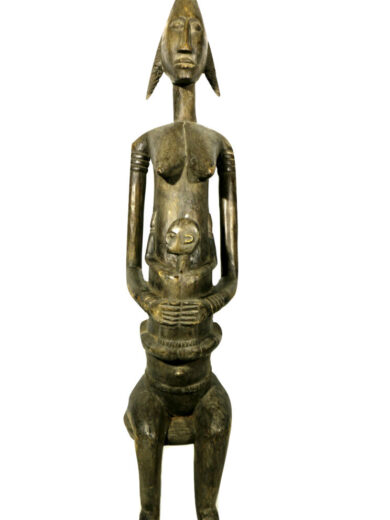


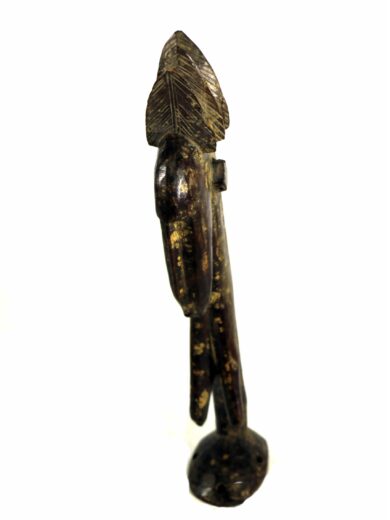

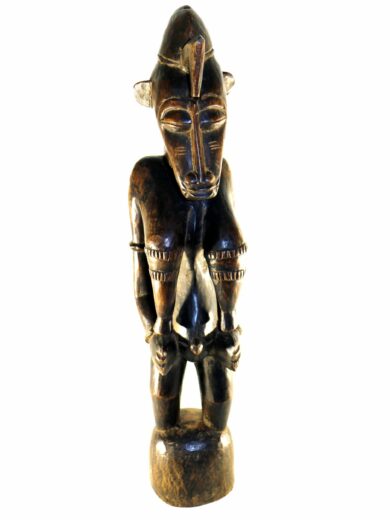
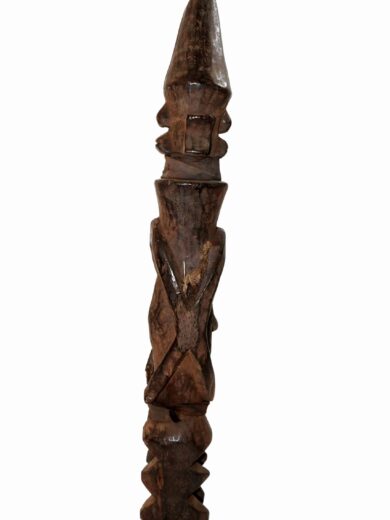
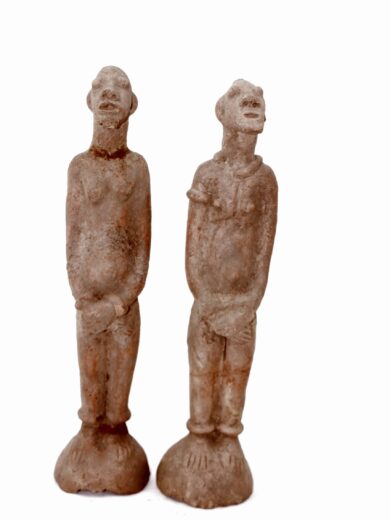

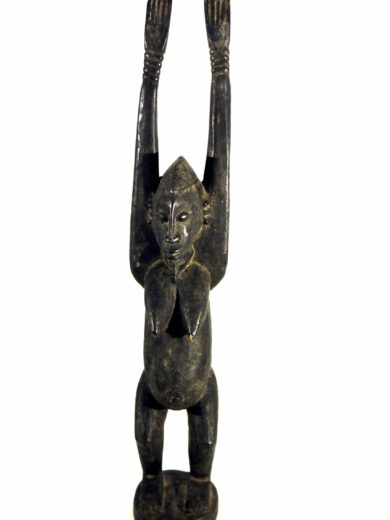

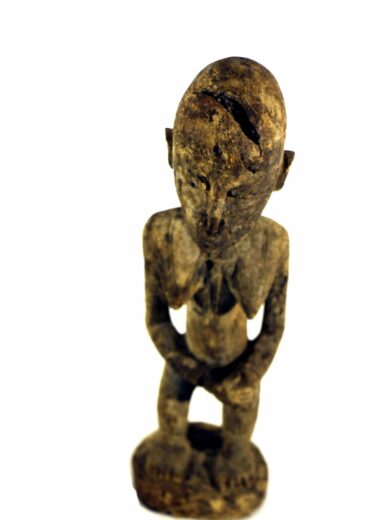

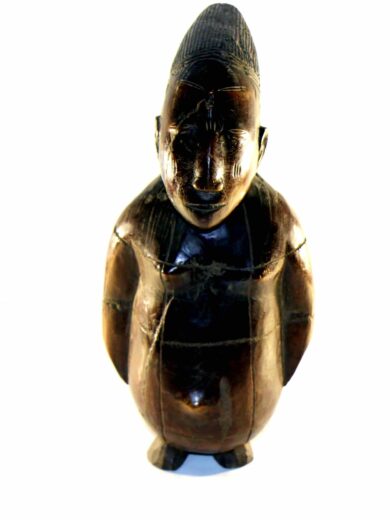
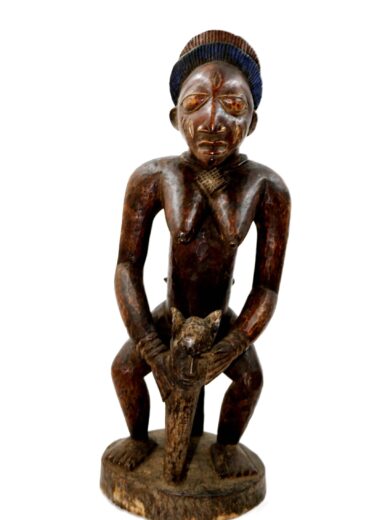
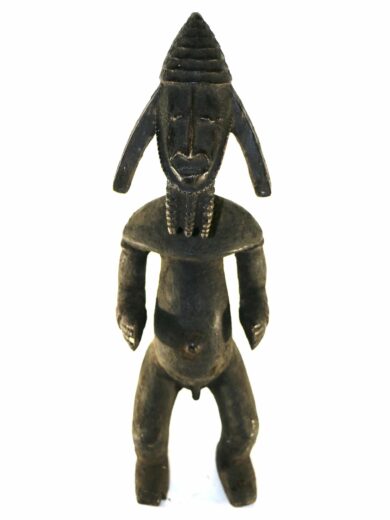
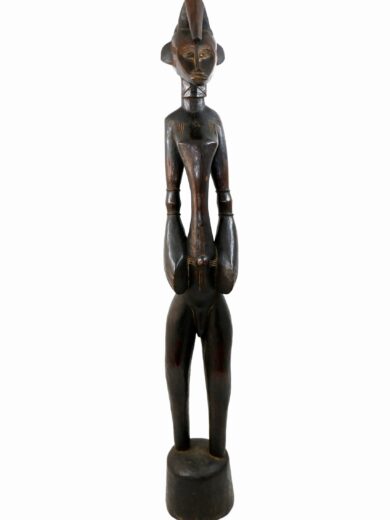
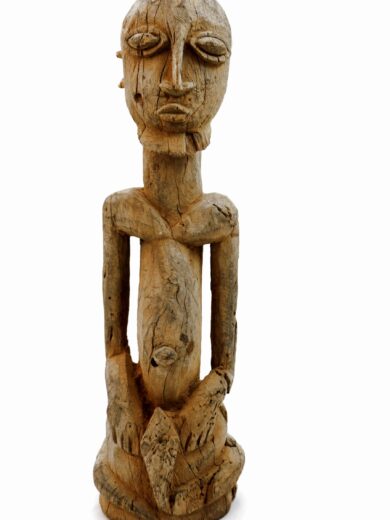

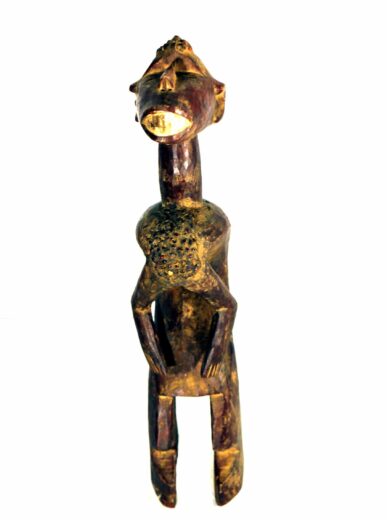
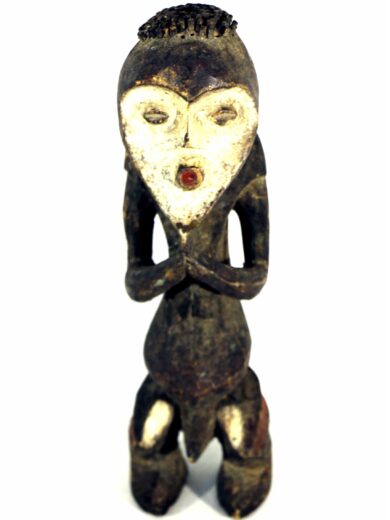
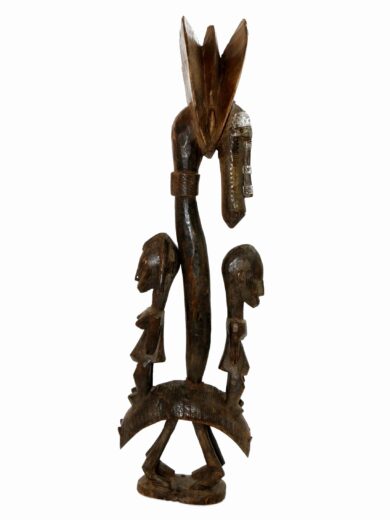
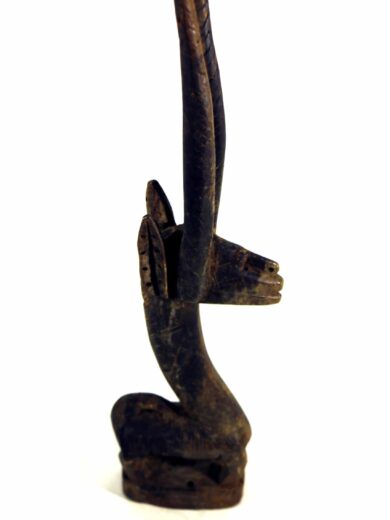
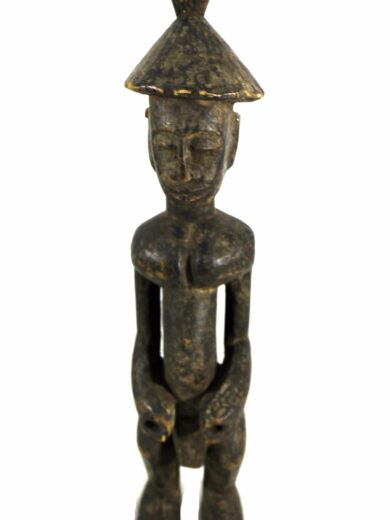

Reviews
There are no reviews yet.